Is curry chicken spicy? The answer is: it depends entirely on the recipe and cuisine. Curry chicken ranges from completely mild (like Japanese kare) to extremely hot (like Thai green curry), with most varieties falling somewhere in between. The spiciness comes from ingredients like chili peppers, curry powder blends, and fresh chilies - not from "curry" itself, which isn't a single spice but a cooking style.
This guide delivers the exact spice level information you need before cooking or ordering. You'll discover how different global variations compare on the heat scale, learn precise methods to control spiciness, and get myth-busting facts that prevent unpleasant surprises at dinner time.
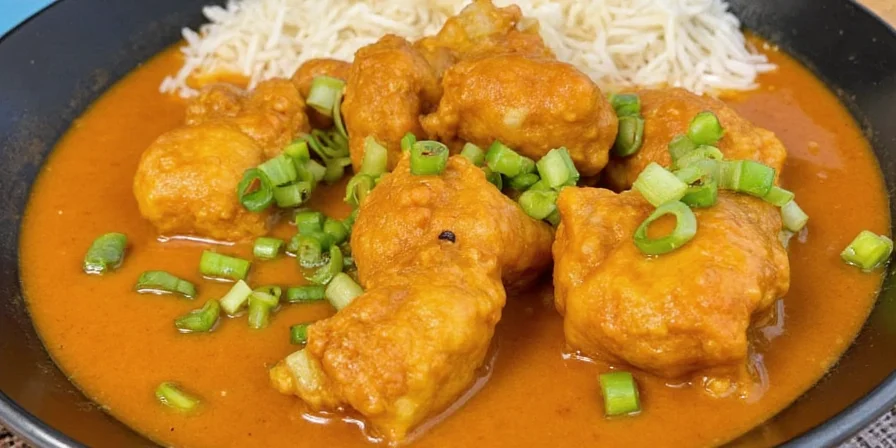
Curry Chicken Heat Level Reference Guide
| Cuisine Style | Spice Level | Heat Range (Scoville) | Best For |
|---|---|---|---|
| Japanese Kare | Mild | 500-2,000 SHU | Spice-sensitive eaters, children |
| Butter Chicken | Mild-Medium | 1,000-5,000 SHU | Curry beginners |
| British Curry | Medium | 3,000-10,000 SHU | Western palates |
| Jamaican Curry | Medium-Hot | 15,000-50,000 SHU | Heat lovers |
| Thai Green Curry | Very Hot | 50,000-100,000+ SHU | Spice enthusiasts |
What Exactly Determines Curry Chicken Spiciness?
The confusion about curry chicken's spiciness comes from misunderstanding what "curry" means. Curry isn't a single spice but rather:- A cooking technique using spice blends
- A sauce-based preparation method
- A culinary tradition that varies by region
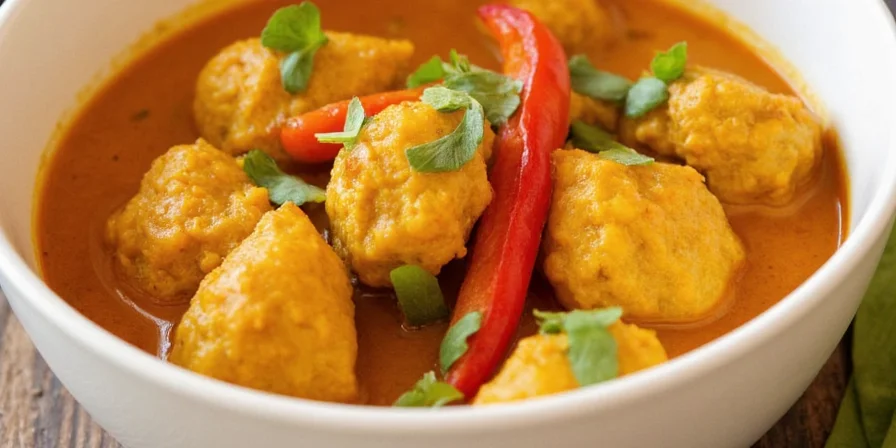
Global Curry Chicken Variations and Their Actual Heat Levels
Japanese Kare Raisu (Mild)
Japan's version uses roux-based curry with minimal chilies. The heat level rarely exceeds 2,000 Scoville units - comparable to a mild bell pepper. The focus is on umami and sweetness rather than heat.Indian Butter Chicken (Mild-Medium)
Often mistakenly thought of as "typical" curry, this creamy tomato-based dish uses Kashmiri chilies that provide color without intense heat (1,000-5,000 SHU). The yogurt and cream further reduce spiciness.British-Style Curry (Medium)
Developed for milder Western palates, these curries typically range from 3,000-10,000 SHU. They maintain flavor complexity while significantly reducing the heat found in authentic Indian preparations.Jamaican Curry Chicken (Medium-Hot)
Features Scotch bonnet peppers (100,000-350,000 SHU) but used sparingly. Most preparations land around 15,000-50,000 SHU - noticeable heat but not overwhelming when prepared traditionally.Thai Green Curry Chicken (Very Hot)
Made with fresh green chilies (50,000-100,000+ SHU), this is where curry chicken gets extremely spicy. Thai cuisine uses chilies early in cooking, allowing heat to permeate the entire dish.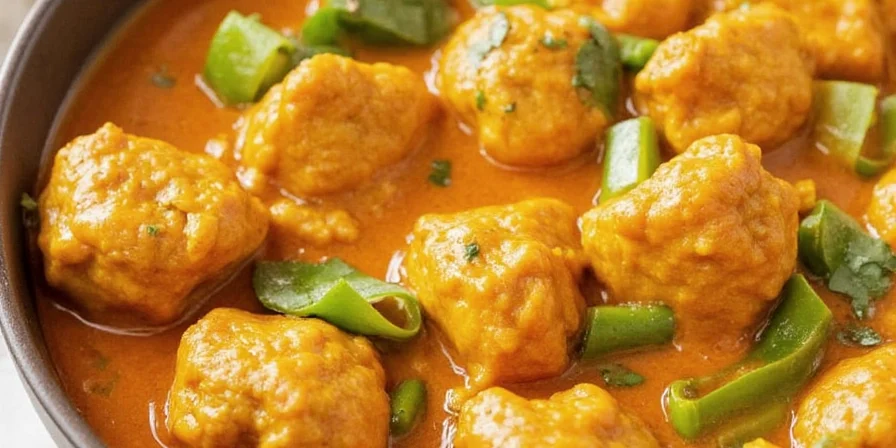
How to Control Curry Chicken Spiciness (Precise Methods)
For Milder Results:
- Use curry powder with "mild" on the label (typically 100-1,000 SHU)
- Remove seeds and white membranes from fresh chilies (where 80% of capsaicin resides)
- Add 1/4 cup coconut milk per serving to reduce heat by up to 50%
- Cook chilies early and remove them before serving
For More Heat:
- Add 1/4 teaspoon cayenne per cup (adds 30,000-50,000 SHU)
- Incorporate fresh bird's eye chilies in the last 5 minutes of cooking
- Use hot curry powder blends labeled "vindaloo" or "Madras hot"
- Add chili paste after cooking to preserve maximum heat

Curry Chicken Spice Myths Debunked
Myth: Red Curry Is Always Hotter Than Green
Truth: In Thai cuisine, green curry is typically hotter than red. Green uses fresh green chilies (higher capsaicin), while red uses dried chilies (milder heat profile).Myth: All "Curry Powder" Is Spicy
Truth: Commercial curry powders range from 100 SHU (mild turmeric-heavy blends) to 50,000 SHU (cayenne-packed versions). Always check labels for heat indicators.Myth: Spicy Curry Chicken Causes Stomach Problems
Truth: Research shows moderate capsaicin may protect stomach lining. Problems usually stem from excessive amounts or pre-existing conditions.
Pro Tips for Perfect Curry Chicken Every Time
- Start with mild and build up: Add 1/4 teaspoon of chili at a time, waiting 5 minutes between additions
- Understand curry powder labels: "Mild" (100-1,000 SHU), "Medium" (1,000-5,000 SHU), "Hot" (5,000-30,000 SHU)
- Balance with dairy: 2 tablespoons of yogurt per serving reduces perceived heat by 40% without altering flavor
- Use starch strategically: Serve with basmati rice (absorbs 30% of capsaicin) rather than bread
- Test heat scientifically: Place a spoonful in your palm - if it burns after 10 seconds, it's above 15,000 SHU
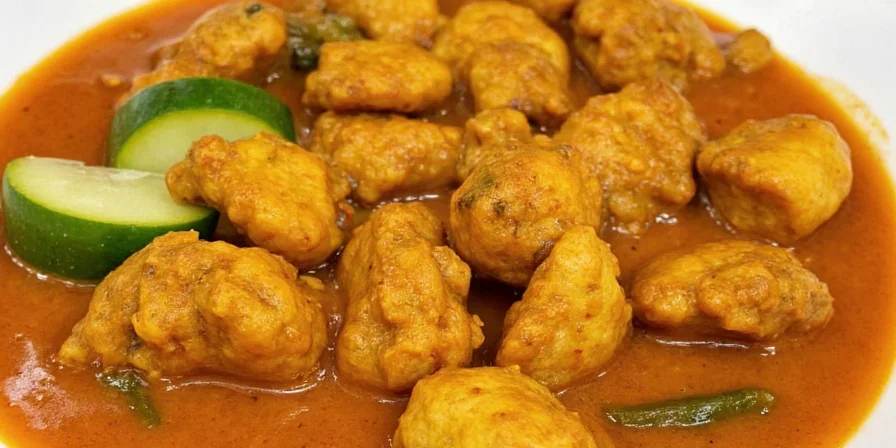
Conclusion: Your Perfect Curry Chicken Awaits
Curry chicken's spiciness isn't random—it's precisely controllable based on ingredients and preparation. Now you know exactly what to expect from different global varieties and how to customize heat to your preference. Whether you're ordering at a restaurant or cooking at home, you can confidently navigate curry chicken's spice spectrum from mild to wild. The next time someone asks "is curry chicken spicy?" you'll have the definitive answer.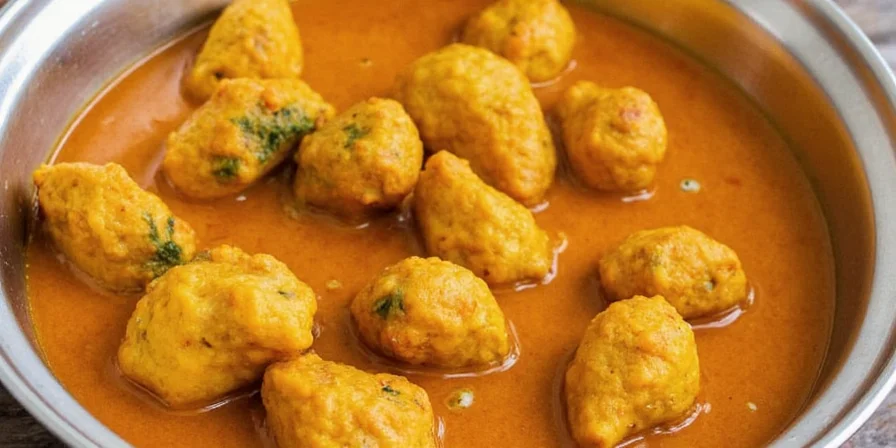
Frequently Asked Questions
Is curry chicken always spicy?
No, curry chicken ranges from completely mild (Japanese kare, 500-2,000 SHU) to extremely hot (Thai green curry, 50,000-100,000+ SHU). The spiciness depends entirely on the specific recipe, regional variation, and ingredients used—not on "curry" as a concept.
What's the mildest curry chicken style for beginners?
Japanese Kare Raisu is the mildest option (500-2,000 SHU), followed by Indian Butter Chicken (1,000-5,000 SHU). Both emphasize creamy textures and sweet or tomato-based sauces with minimal chili heat. These are perfect starting points before exploring medium or hot varieties.
How can I reduce curry heat after cooking?
Add 1/4 cup coconut milk per serving (reduces heat by up to 50%), stir in 1 tablespoon yogurt, or include a peeled potato to absorb capsaicin. For immediate relief while eating, pair with basmati rice (absorbs 30% of capsaicin) or cucumber raita—not water, which spreads the burning sensation.
Why is Thai green curry spicier than red curry?
Thai green curry uses fresh green chilies (50,000-100,000+ SHU) added early in cooking, allowing maximum heat extraction. Red curry uses dried red chilies (30,000-50,000 SHU) that lose some potency during drying. Green chilies also contain more capsaicin and are used in greater quantities in traditional recipes.

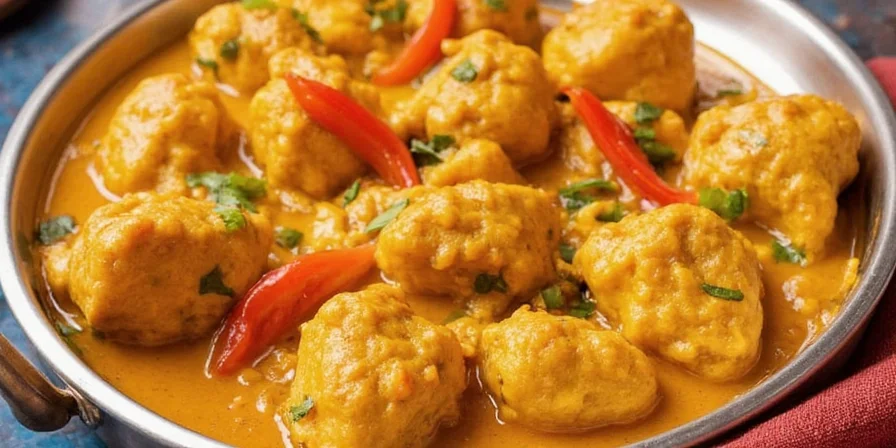









 浙公网安备
33010002000092号
浙公网安备
33010002000092号 浙B2-20120091-4
浙B2-20120091-4